This time will stay for a day or two and have a look at the Aboriginal paintings along the cliffs , a tour conducted by a local aboriginee has only just commenced , prior it was illegal to enter these places - after that will drown a few worms and read a good book
----------------------------SWAN REACH -----------------------------
Not far from SWAN REACH in 1929, a find was made that confirmed that man had been associated with the Murray River for thousands of years. A skeleton of a 12 year-old-boy was found in rock and through radio-carbon dating, was estimated to be at least 6000–7000 years old. Remains of now-extinct species of mussels were found with the boy who belonged to the Negritos, cousins of the Tasmanian Aborigines. They were small in stature and the first Aboriginal immigrants to come to Australia. In other locations in South Australia their implements and weapons have been found in association with Genyornis and Diprotodon fossils of 6500 years ago.
During the warm period of our geological history, when the ice caps melted, water levels rose and land flooded, this spot became a burial chamber, one that hadn’t been disturbed for 6000 years.
The news of the find of the Negritos boy was quickly followed by another important find, just across the river. It was a shallow cave which had provided shelter over a 5000-year period. Among the debris implements, charcoal, broken weapons and stone flakes were found. As debris layers were excavated it was noted that the findings belonged to three different stages of culture and some implements were quite different from others. The cave was a 6m deep cross-section of history. The workmanship of the implements in the top layers, the most recent, was much poorer (in technique) that the earlier, but they were probably just as effective.
But it is only when you put this time scale in relation to our European history that you realise the age of the area. While the 12 year-old-boy searched for mussels along the river edge, the pyramids of Egypt were yet to be constructed.
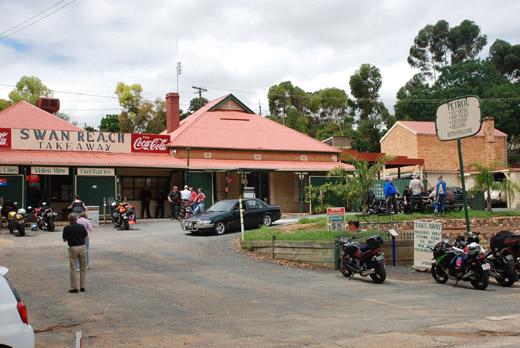
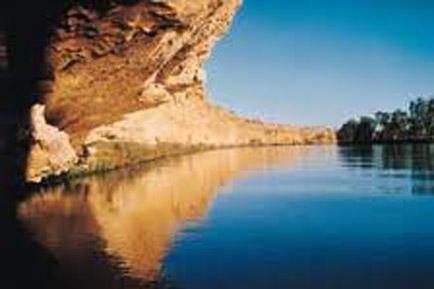
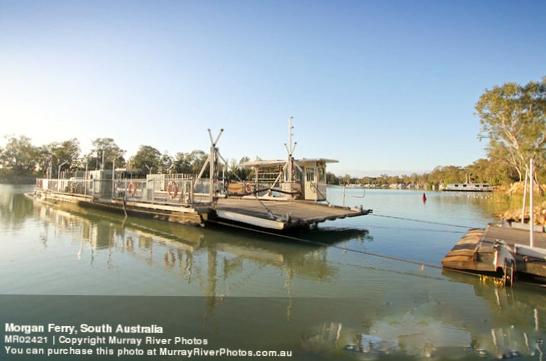
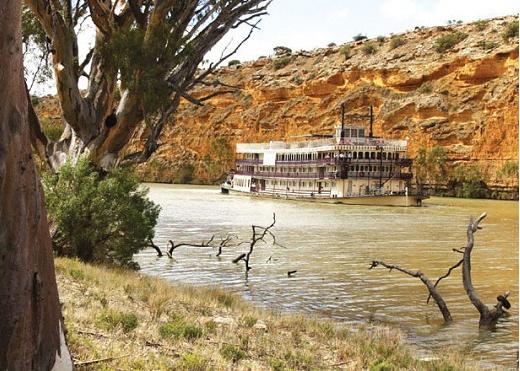
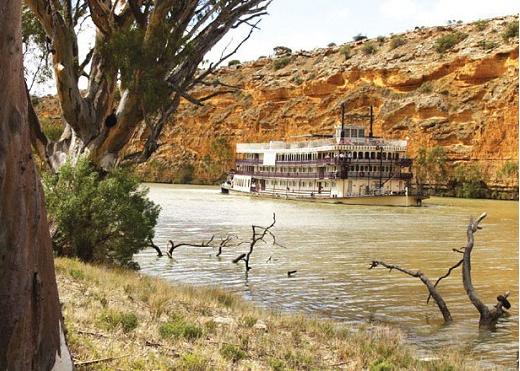



lot longer than we ever knew. I like the comparison to the Pharohes and
the monuments.